Machine learning is a powerful pressure that has revolutionized many industries. It pushes the limits of what is possible. Recent reports show that 35% have adopted AI. Sectors such as energy, banking, manufacturing, and dining leverage machine-learning development. This blog will explore the top 7 machine-learning trends expected to influence 2024.
Top 7 Machine Learning Trends for 2024
1. Automatic Machine Learning:
Automated device getting to know (AutoML) is a large advancement in system-gaining knowledge. This innovation simplifies version introduction by automating responsibilities which include function selection, hyperparameter modifications, and information processing. AutoML makes device learning accessible to all of us, even non-specialists. It simplifies the complexities and permits users to take benefit of its talents, while not having to understand every element.
2. Multimodal Machine Learning (MML):
Multimodal machine learning models are gaining prominence within the AI ethics area for their potential to concurrently process records from more than one asset which includes audio, video, and text. MML generative model excels at understanding complex environments through the efficient combination of different modalities. Robotics and autonomous systems are among the many applications where the ability to respond to inputs such as sensor data, speech, video, or other forms of media is critical.
3. Machine Learning and the Internet of Things:
Integration of 5G is set to revolutionize edge-to-cloud integration. The exceptional speed of 5G networks allows systems to transmit and receive data faster, which facilitates the connection of many devices to the Internet. The surge of connected devices leads to exponential data-sharing growth, which enhances machine learning services’ capabilities.
4. Healthcare Machine Learning:
Machine learning will play a key role in the dynamic healthcare industry. Self-supervised learning is expected to be used by healthcare AI providers for better diagnosis, drug discovery, and patient management. This predictive approach will likely create a unified healthcare system that adapts to the changing landscape in 2024 or 2025.
5. Embedded Machine Learning:
TinyML is a term that describes embedded machine learning. Its application will be widespread. This approach allows AI creativity and customization across multiple devices. It offers efficiency and benefits such as reduced cyber threats, elimination of cloud server dependencies, and optimizing bandwidth and network resources.
6. No-code or low-code AI:
No-code AI and low-code AI will increase in popularity as ethical concerns gain more prominence. This approach allows for the responsible and unbiased usage of machine learning models while addressing privacy issues and making model logic understandable by humans. By 2025, it is expected that 70% of AI applications will be low-code and no-code. This will reduce the development costs and speed.
7. Ethical and Explainable Machine Learning:
As machine learning continues to shape critical decisions affecting people’s lives, there may be a developing emphasis on ethical concerns and the improvement of transparent, explainable AI fashions.
Conclusion:
Machine learning and artificial intelligence aren’t just hyperbole, but reality that is unfolding rapidly. Explore the transformative power of AI and Machine Learning for business leaders who want to navigate this complex landscape. Consultations with digital transformation experts such as Devstree Australia a machine learning company can help organizations improve their effectiveness, productivity, and revenue by strategically implementing AI and machine learning technology.






.svg)

.svg)


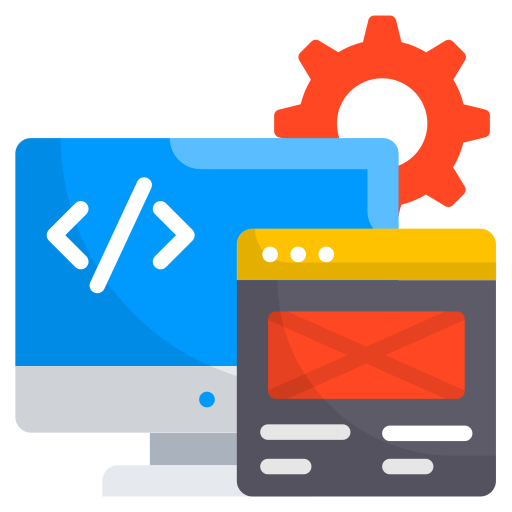


.png)

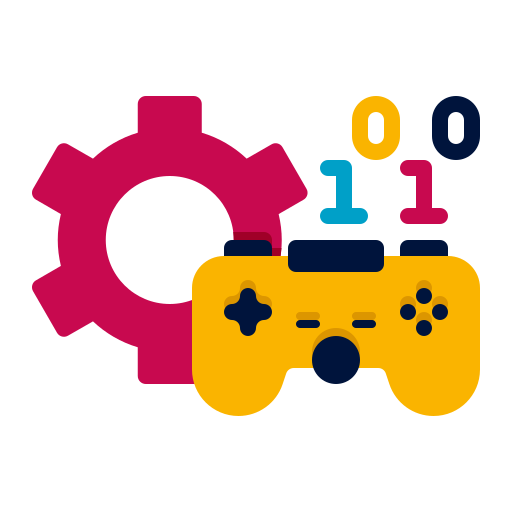
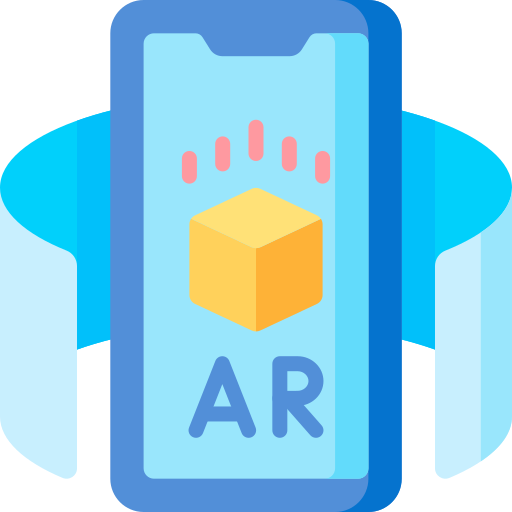
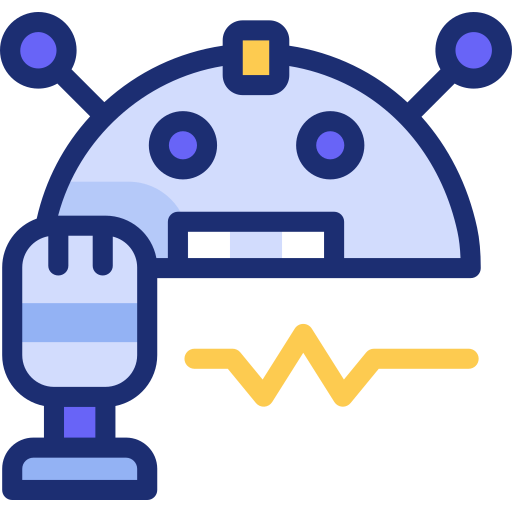



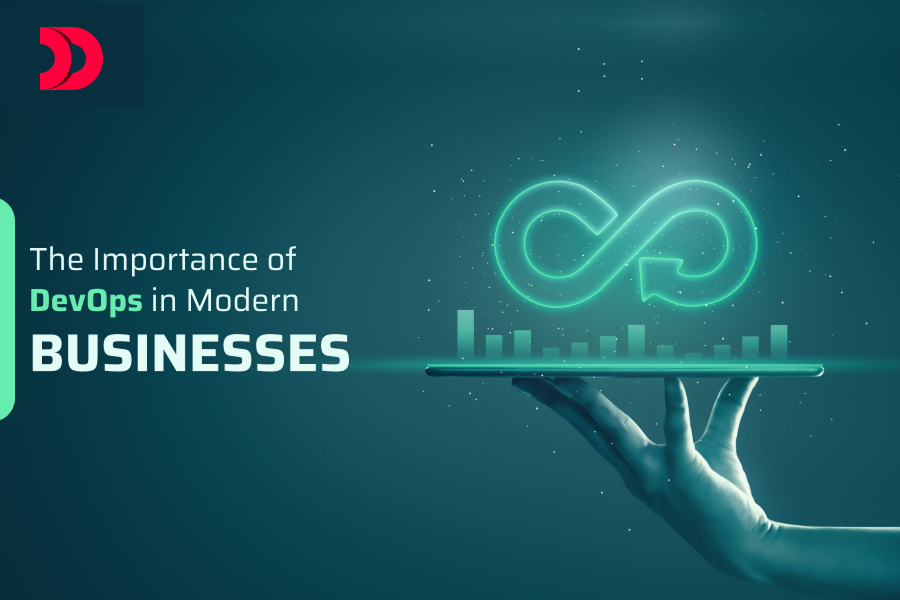
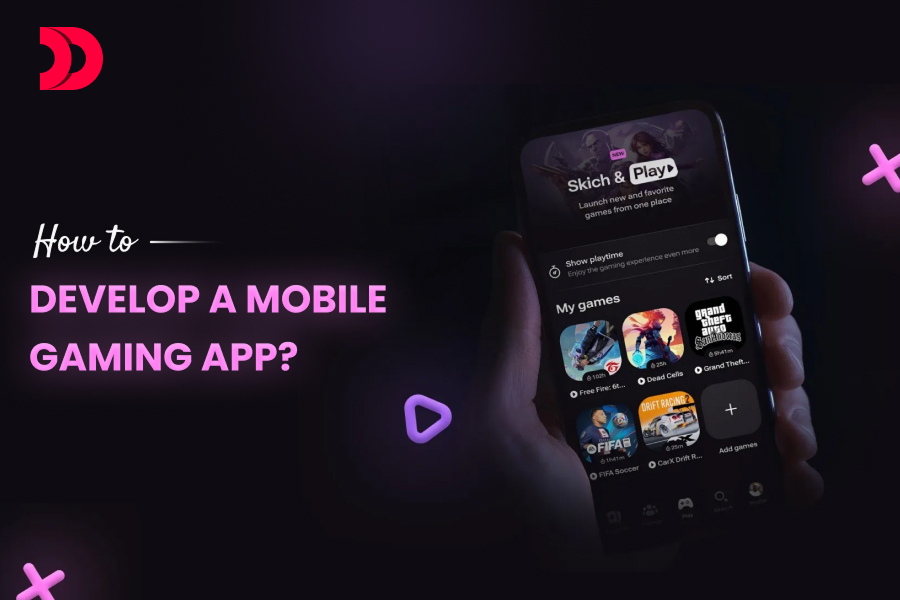
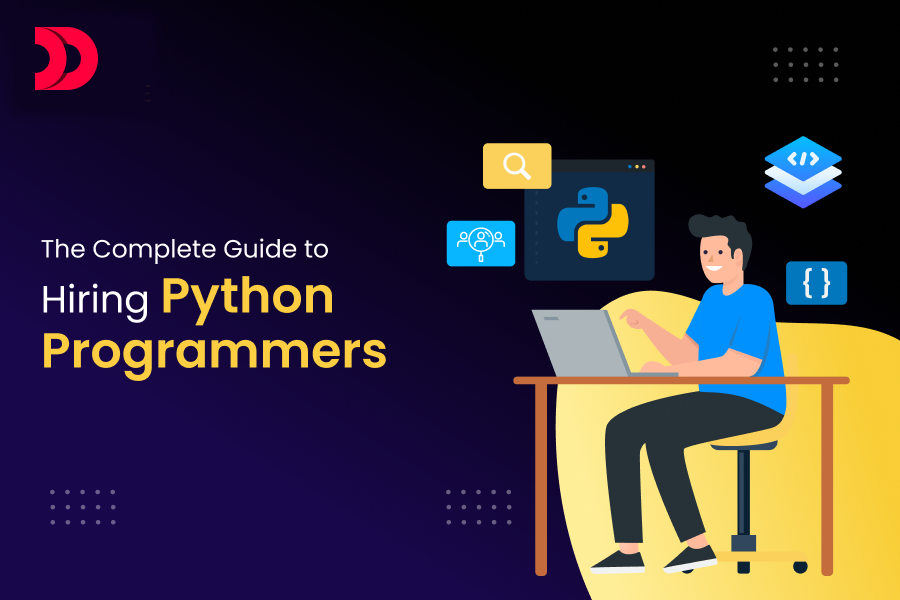
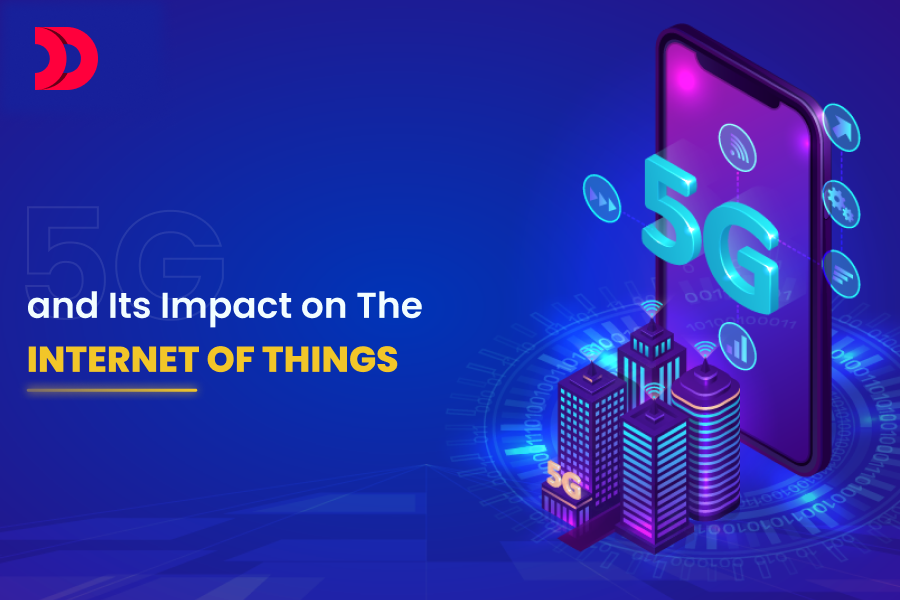
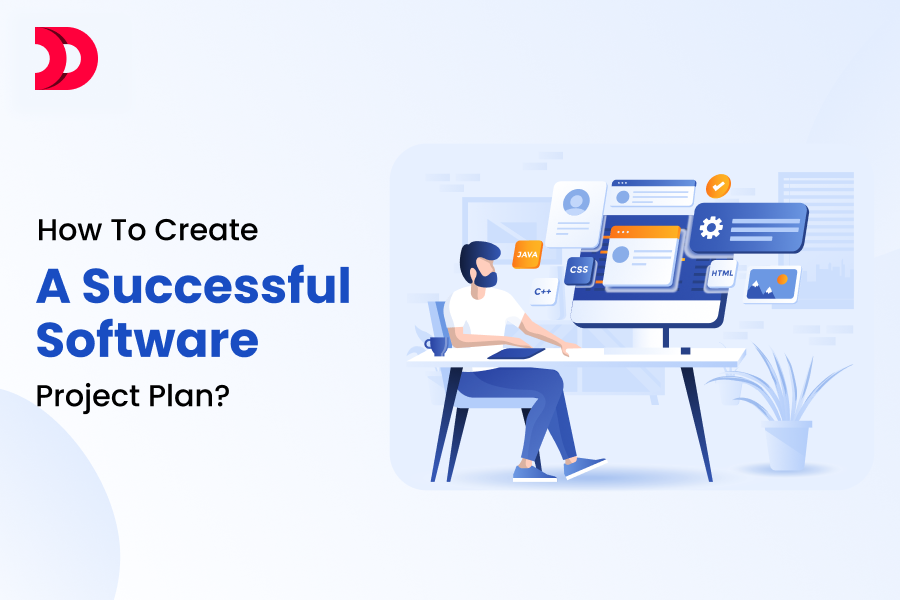



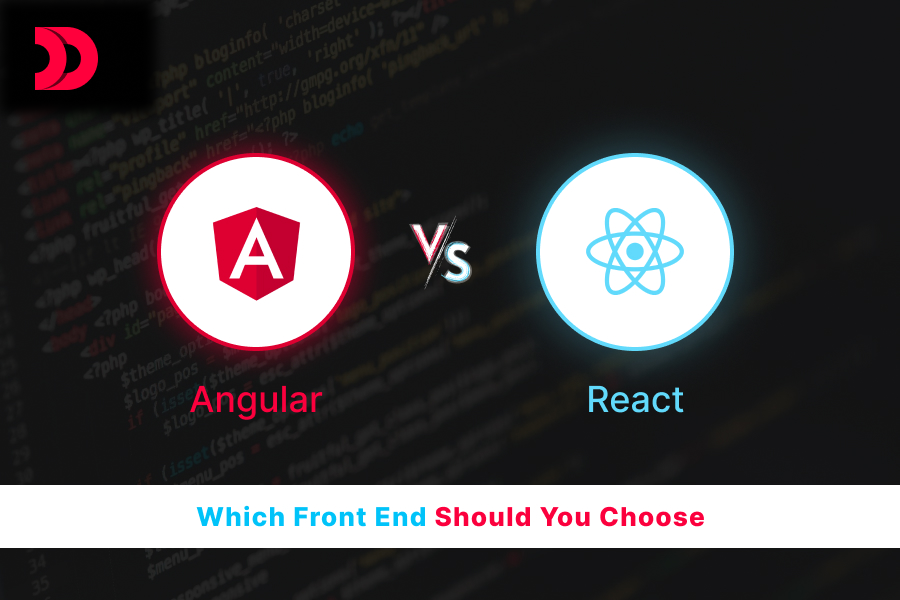




originil.webp)

originil.webp)

